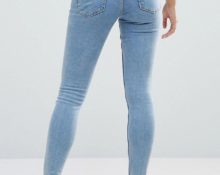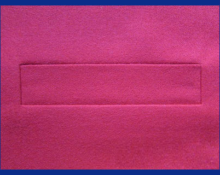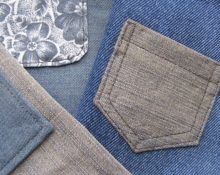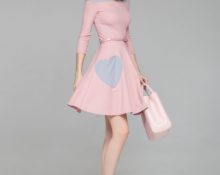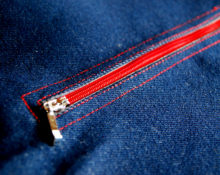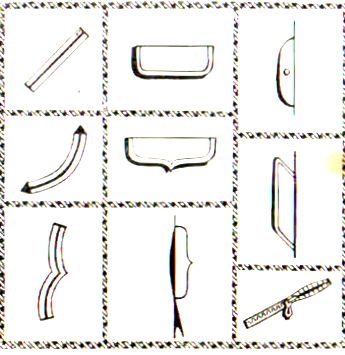 There are many options for outerwear, but the coat has not lost its relevance for many decades, if not centuries. Now stylists are focusing on original coat styles and bright colors: from yellow to purple. The length of the products may vary, but we will consider in detail what pockets exist. Having changed significantly, the coat remains a favorite of people of both sexes and all ages.
There are many options for outerwear, but the coat has not lost its relevance for many decades, if not centuries. Now stylists are focusing on original coat styles and bright colors: from yellow to purple. The length of the products may vary, but we will consider in detail what pockets exist. Having changed significantly, the coat remains a favorite of people of both sexes and all ages.
Types of coats
This item of clothing can be classified:
By season
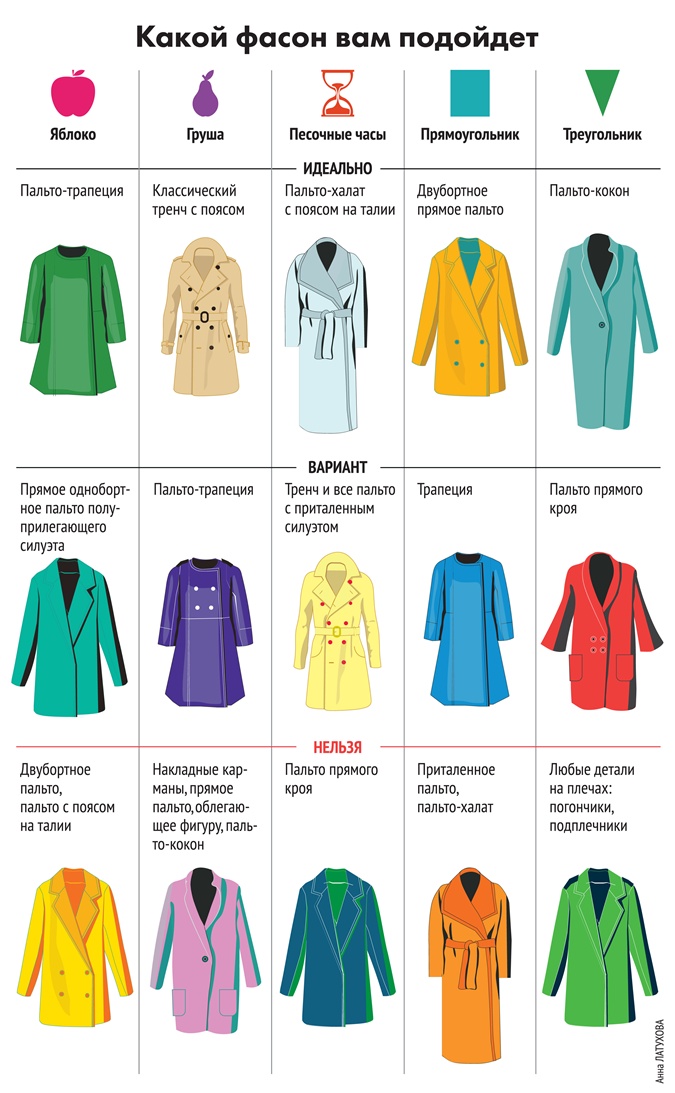
- Summer ones are sewn from light fabrics or from dense materials with perforation.
- Demi-season. The fabrics used are similar to winter models, but do not have insulation.
- Winter models are made from dense fabrics - cloth, drape. Be sure to be insulated with additional layers of fabric.
- All-season. They are used throughout the year, as a rule, they have a removable insulated lining.
According to the silhouette
There are different types of cut:
- straight cut coat;
- semi-fitted and fitted;
- trapezoid
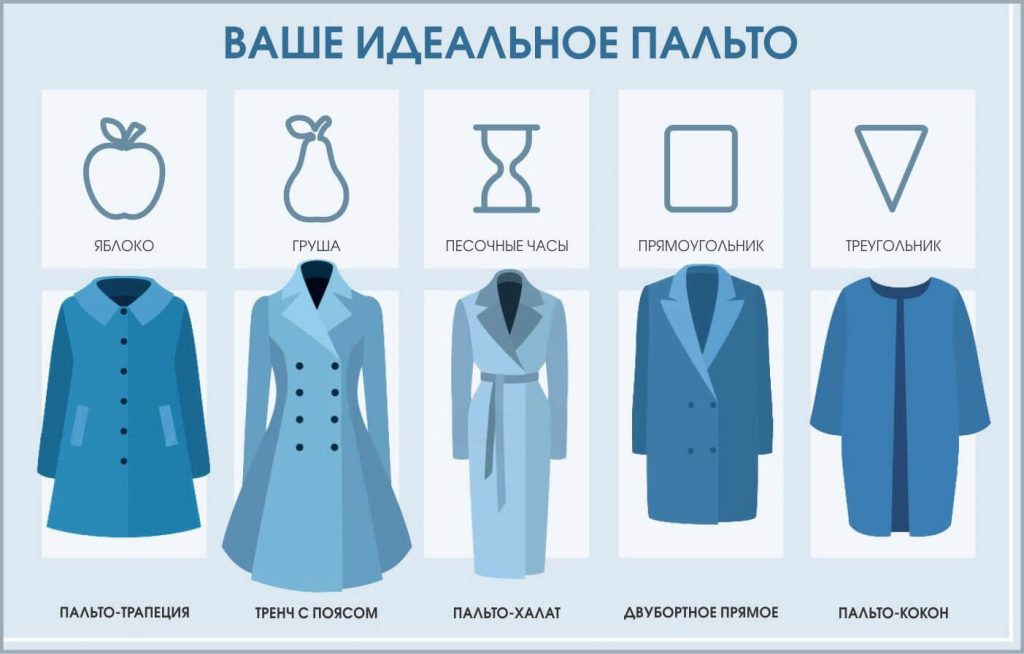
By location and type of fastener
Products can be:
- Single breasted coat. Fastens with buttons located in one row.
- Double breasted. Buttons or buttons are arranged in two rows.
- Coat with supata fastener. The buttonholes are located under a special placket and are not visible on the front side of the product.
- Wrap coat, the clasp is missing. The floors are supported by a belt or belt.
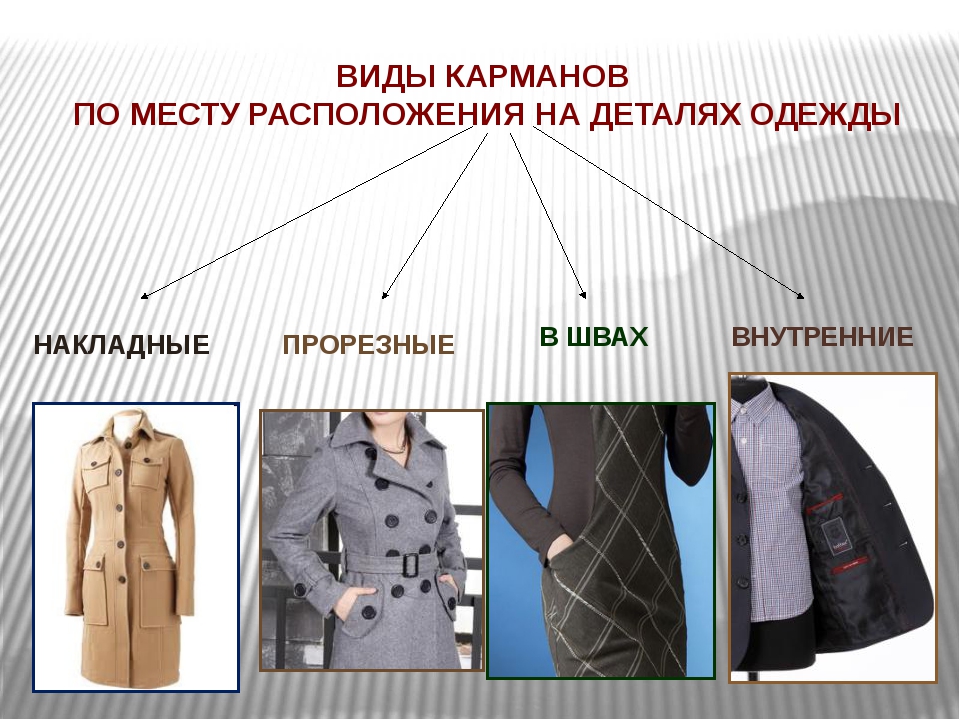
Coat styles
This classification is the most extensive:
- cape;
- cape;
- auto;
- duffle;
- cassock;
- peacoat;
- princess;
- parka;
- overcoat;
- swinger;
- trench coat;
- coat-robe.
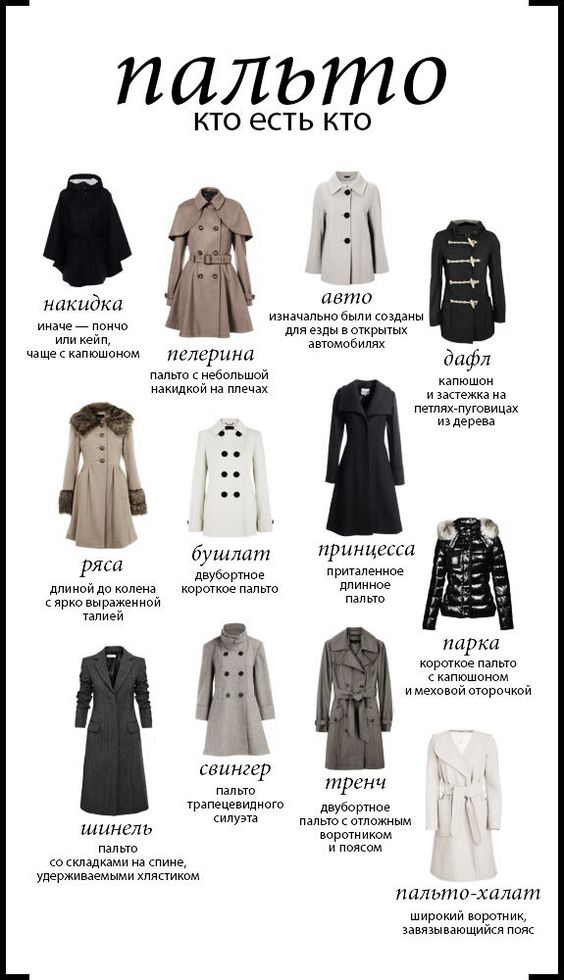
Items such as raincoats, short coats, and long jackets also belong to this category of clothing.
Pocket classification
Pockets are an integral part of any coat.
The location is determined both by the style of the coat and by the characteristics of the figure.
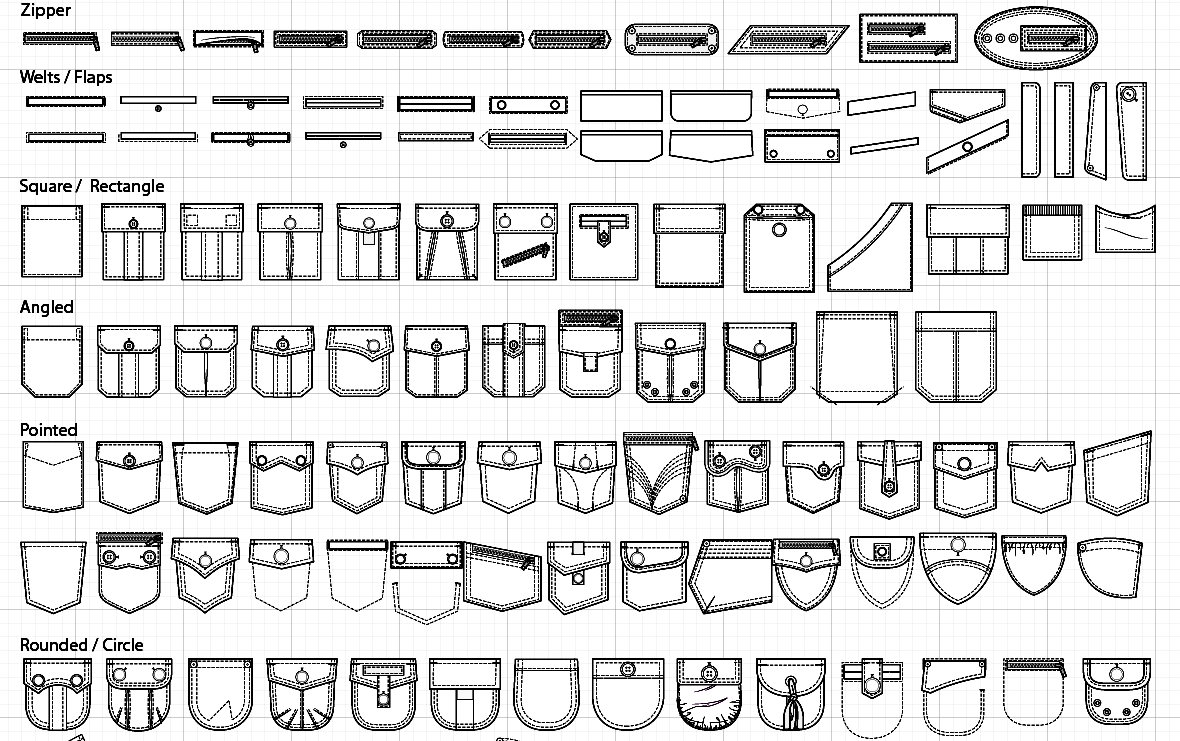
There are two types of pockets: external and internal. The difference is on which side, front or back, they are located.
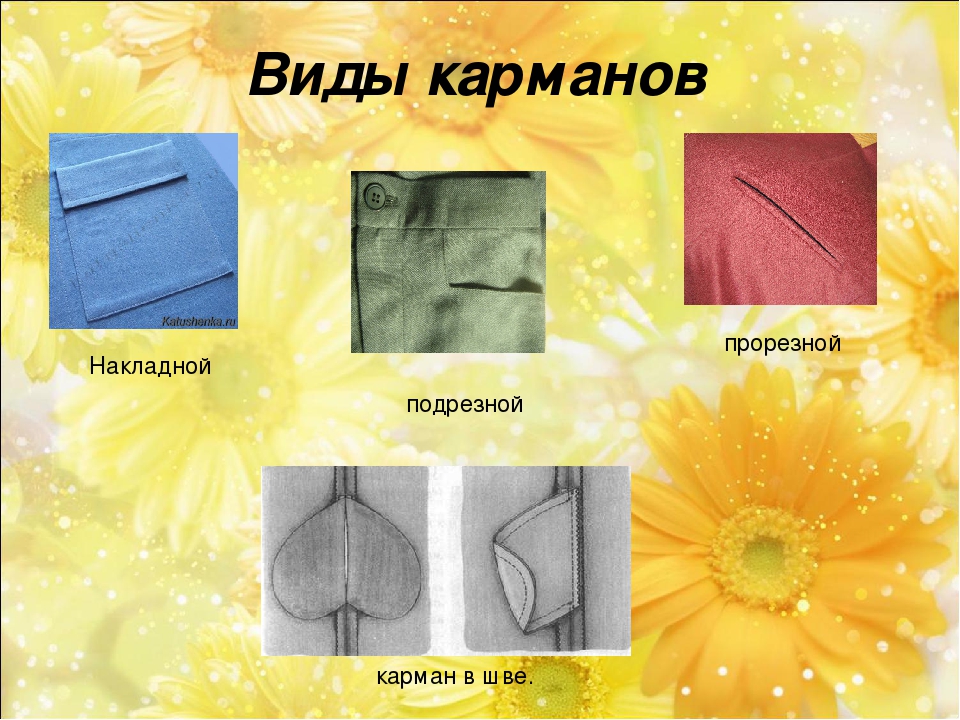
Both of these types are represented by the same varieties:
- Set-in. More often present on sports style models. Look great on fabric with a pattern.
- Invoices. Adjusted to fabric. They can be single or double, depending on the thickness of the material. If necessary, they are reinforced with a gasket.
- Slotted. On the outside, only the specially processed entrance to the pocket (cutout) is visible.
- Not slotted. In-seam pockets. Most often used in models with shaped lines and seams. The direction of which, by the way, does not affect the manufacturing technology.
Methods for processing pockets of women's coats
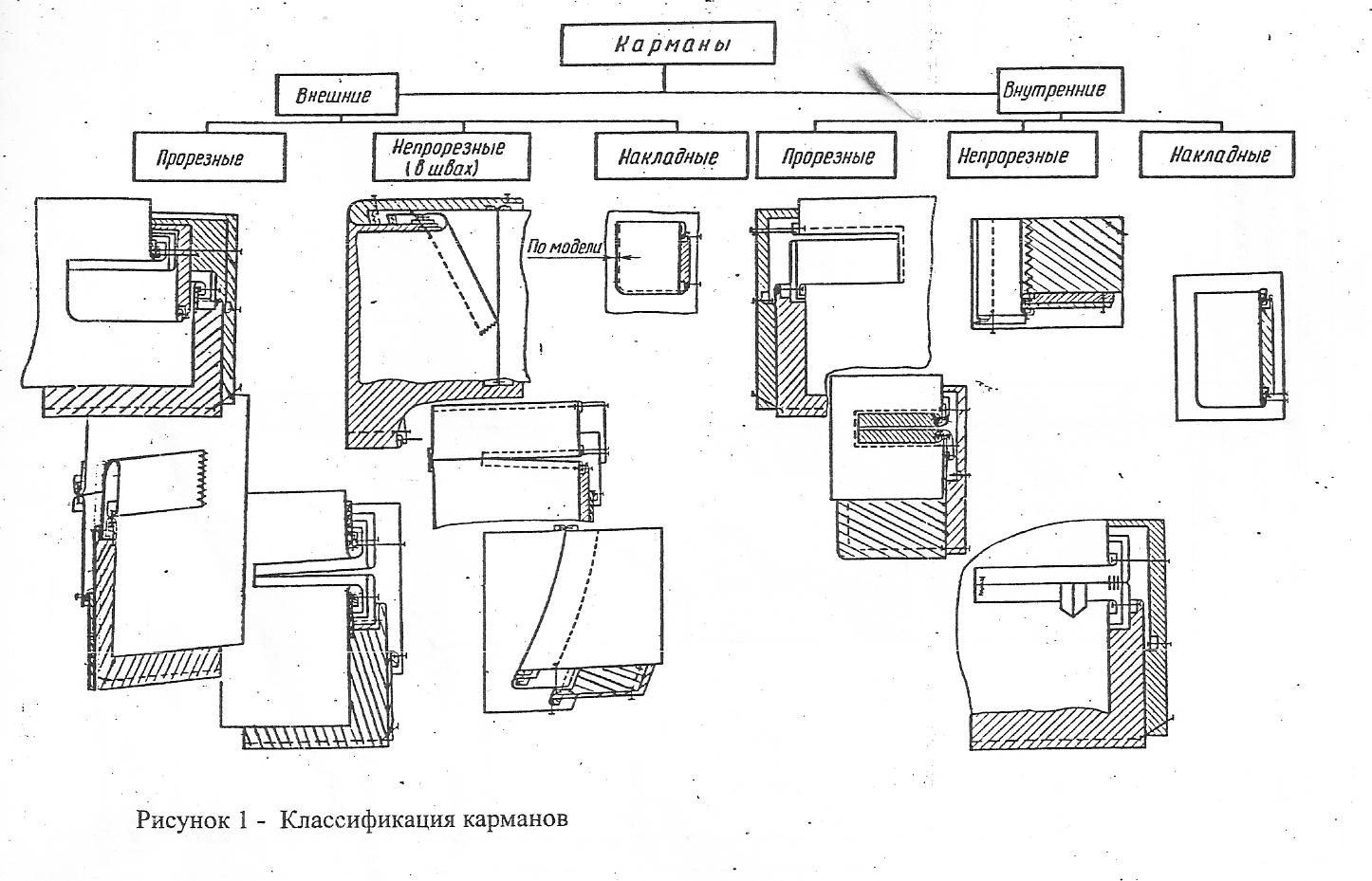
Invoices
They are always noticeable on the product and, in addition to their utilitarian role, also play a decorative role.
There are 3 ways to attach pocket blanks to the main product:
- It is attached along the edge, with a minimum allowance.
- The stitching is located at a relatively large distance from the edge of the pocket. Contrasting threads are often used.
- Inside stitching is used. With this processing method, there are no stitches on the front side of the pocket.
Pocket decor
Decoration features:
With valve
Reference! The valve is a part for processing the entrance to the pocket, cut out from the main fabric and completely covering its upper part. Has a decorative function.
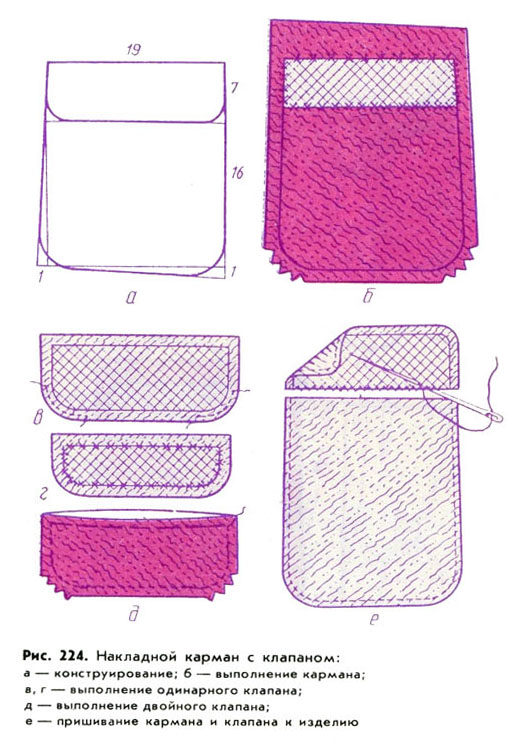
The pocket entrance is covered with a flap slightly wider than the main part.
With clasp
The fastener is most often a zipper, but there are also buttons, snaps, hooks and loops.
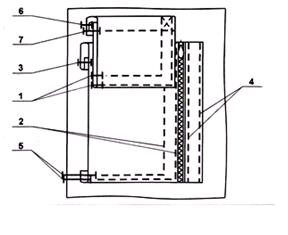 There are combined options that combine a clasp with a valve.
There are combined options that combine a clasp with a valve.
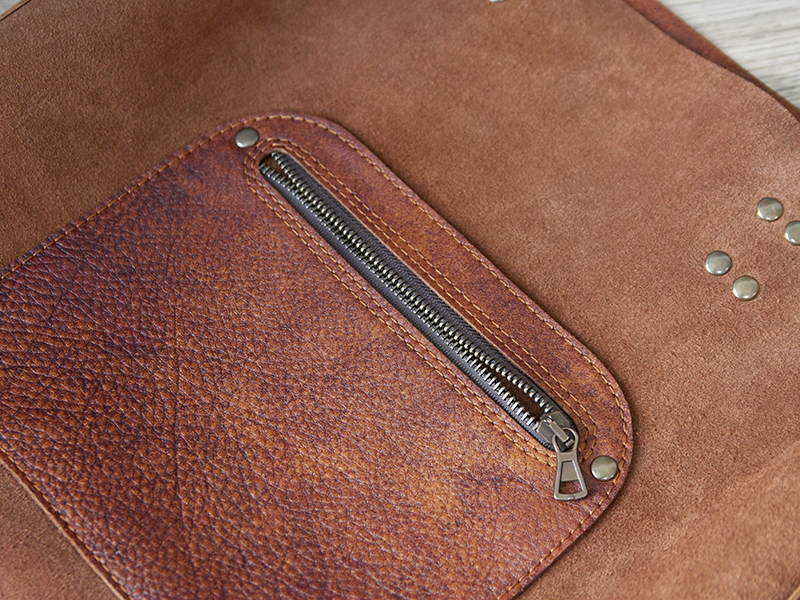
Lined
The inside of the pocket is cut out from the lining fabric, to which the main part of the pocket is sewn, often with a hidden stitch.
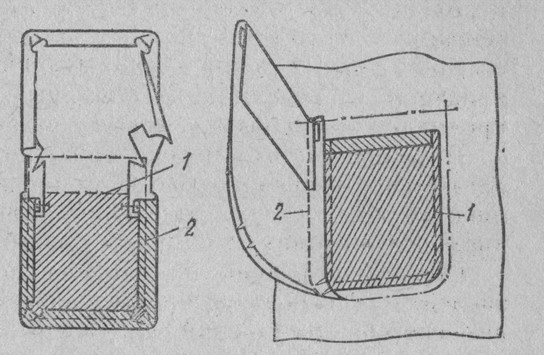


Briefcase pocket
Reference! Pocket - briefcase. A voluminous pocket made of two parts, has an “accordion” on the sides.

Most often used for leather products.

Often supplemented with a valve.

Slotted
Can be positioned vertically, horizontally and obliquely. More often they are made on plain-dyed coat fabrics. Decorate with luxury products. Favorites of business and formal ensembles.
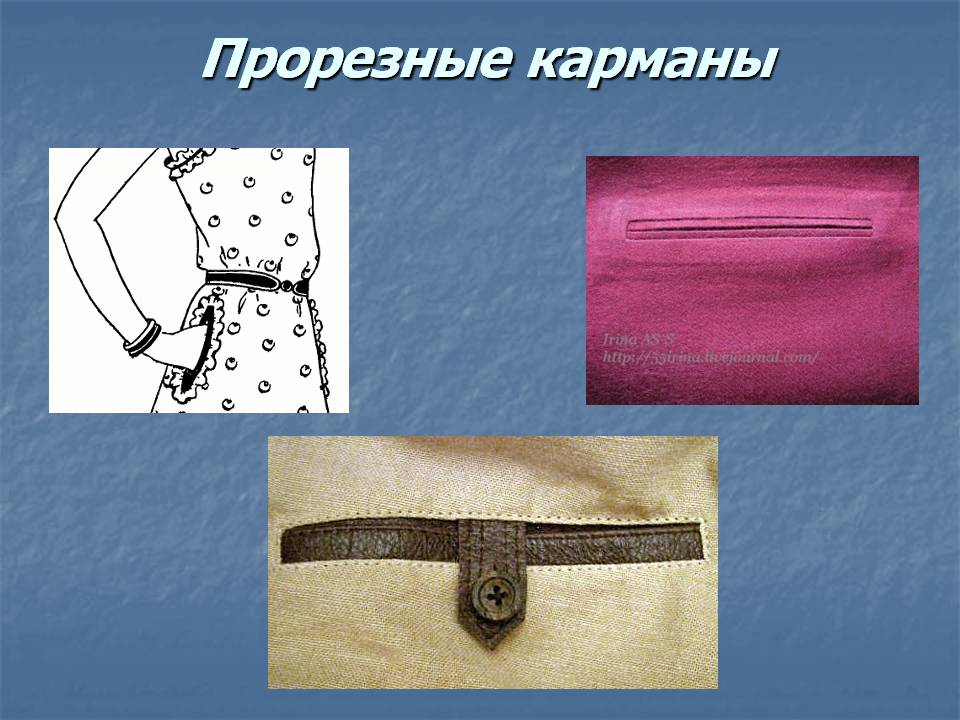
The most famous option is slotted into frame. A cleanly cut pocket of this design is a real decoration of clothing.
Options:
- slotted into frame with flap;
- slotted into frame with zipper;
- slotted with valve;
- slotted with leaf;
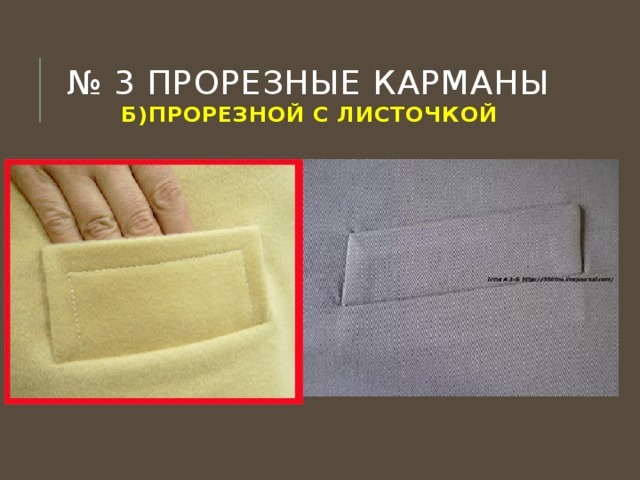
Welt with zipper
The difference between the types lies in what and how the entrance to the pocket is processed.
Reference! The leaf is a design detail for the entrance to the pocket. Does not provide additional fasteners.
Framed

Not welted or inside seams
The features of these designs are that there are no slots for them, but the seam areas are deliberately left unsewn.
The blanks are always located on the reverse side of the product.
It can be made from lining fabric or fabric that serves as a lining: flannel, fleece.
- simple;
- in the seam with 2 zippers;
- in the seam for attaching the yoke;
- with cutting barrel.
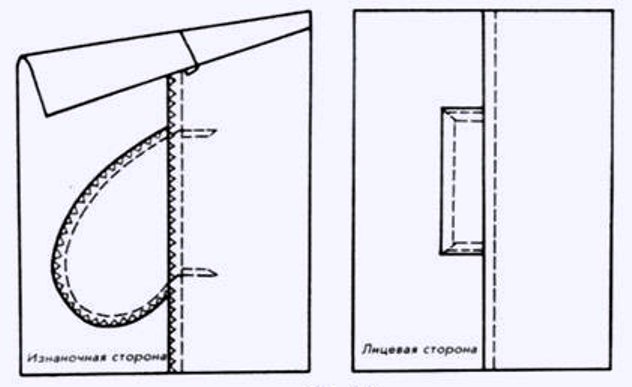
It is possible to process the entrance with a leaf, a frame, as well as additional buttons or a zipper.
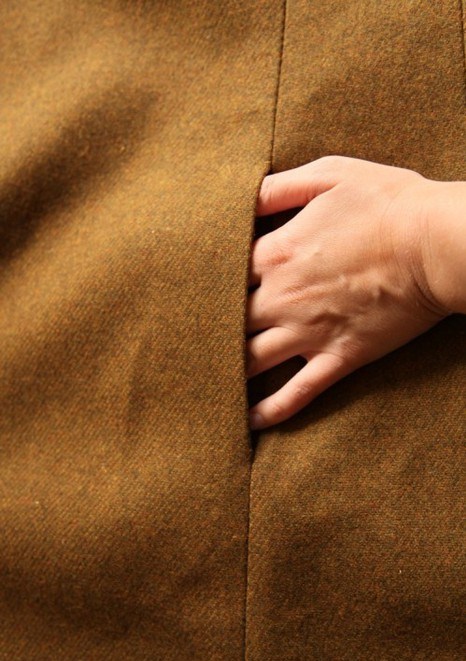
Features of decorating pockets
Any type of finishing can be edging, binding. Thick coat fabrics are perfectly processed into frills and folds, which become an excellent decoration.
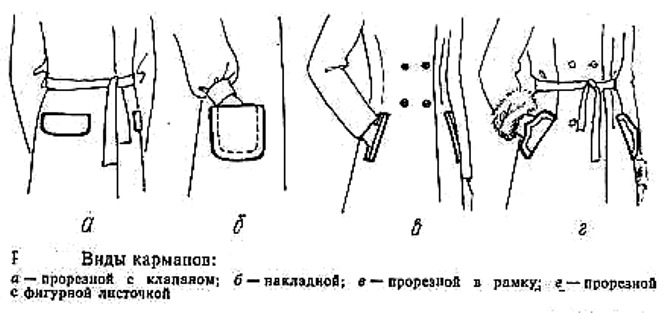
Patch pockets are traditionally decorated with chevrons, buckles, and emblems.
When choosing a coat, be sure to pay attention to the appearance and location of the pockets. Well chosen, they will make your image bright and memorable.


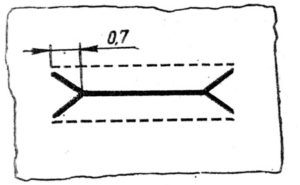
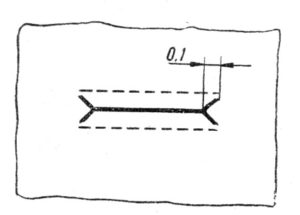
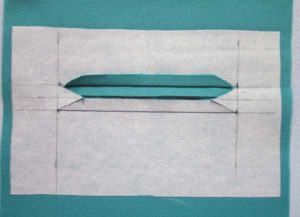
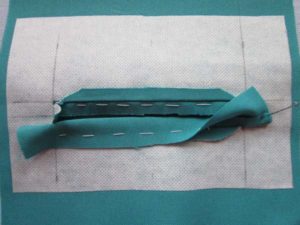
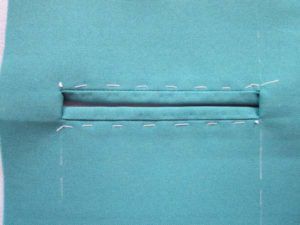
 1
1